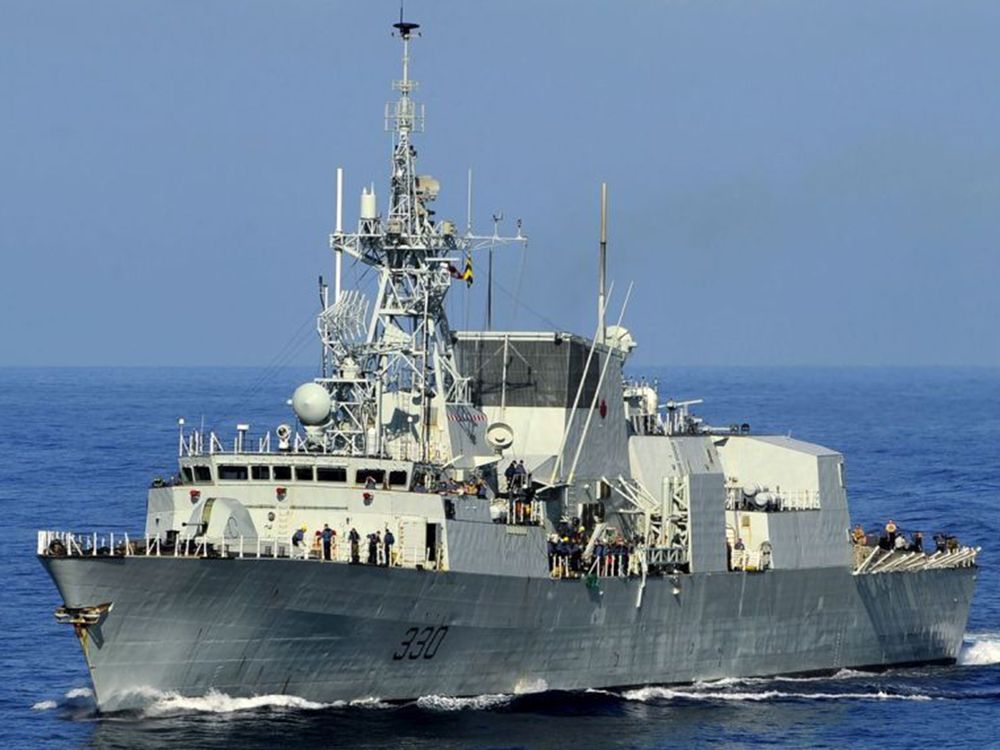Colin Parkinson
Army.ca Myth
- Reaction score
- 12,640
- Points
- 1,160
A video graphic of the 3D design process for the 00SV engine room block, steel to be cut shortly on this ship.

A Narrative History of the NSS from Conception to the CSC RFP
Builder is getting better, trials themselves get improved (with more stuff being done alongside if possible, or done concurrently) and we're also getting more experience as a client. If there were any first of class trials those would also be cut out.Is the builder getting better, or the client accepting more faults and deviations?

In every projects life (not just shipbuilding) there comes a time when change costs more than any deficiencies in the design/build. Perfect is the enemy of good enough. This means at some point, the CCG and RCN will just accept a ship and deal with any issues after build because its cheaper to have FMF do it or its identified as a first docked work period job (or even midlife refit job).Is the builder getting better, or the client accepting more faults and deviations?
According to his report, Williams has added another 200 odd billion in the price for life-cycle costs. All the figures I have seen quoted include life cycle costs in the 77 billion quoted. Which is correct?
It's as predictable as porn.
1. The $(US)1.2 billion per ship that he says the US will pay is the "sail away" cost, not the life-cycle cost; and
2. The Fincantieri $30B 'offer' was nothing but a public elations gesture aimed at muddying the waters when they knew that they were not going to be selected and bowed out in an attempt to save face.
The USN provides the entire combat suite and weapon systems as GSM so isn't part of the build cost. Their price is just for build, all the propulsion and hotel equipment, and some basic electronics for things like navigation radar and propulsion control system, and all the wiring and hookups for the provided equipment. That delta is the multi-billion dollar gap.The $1.2 billion is just the construction and some procurement costs. The US do not include things like ammo or communications in their calculations because that is Government Furnished Equipment and comes from a different budget. Like many things US military the true cost is obfuscated behind layers of bureaucracy.
The recent auditors' report into ship costs costed out the Fincantieri bid with full life cycle costs and saved a massive 4 billion or so. So yeah, their bid was political and didn't include life cycle properly either.
“Mr. Williams has worked as a consultant for various companies involved in the Canadian Surface Combatant project. These include Alion, Leonardo DRS, Leonardo Defence Systems, and Raytheon.”Conveniently he now offers procurement advice from his company.
“Mr. Williams has worked as a consultant for various companies involved in the Canadian Surface Combatant project. These include Alion, Leonardo DRS, Leonardo Defence Systems, and Raytheon.”
Lockheed Martin won the competition for the Canadian Surface Combatants. Alion was a failed bidder. The Canadian Surface Combatants will use SPY-7 from Lockheed Martin. The Canadian Surface Combatants will not use AN/SPY-6 from Raytheon.

Also from the guy who physically signed Canada up to the F-35 JSF Program, yet years later tried to convince many that “it didn’t mean we had to buy the aircraft itself...”


